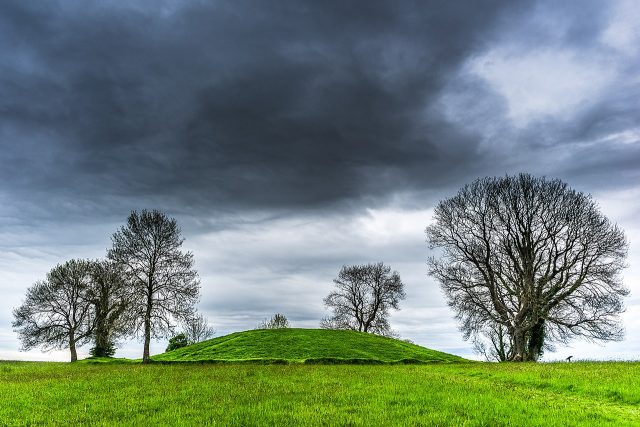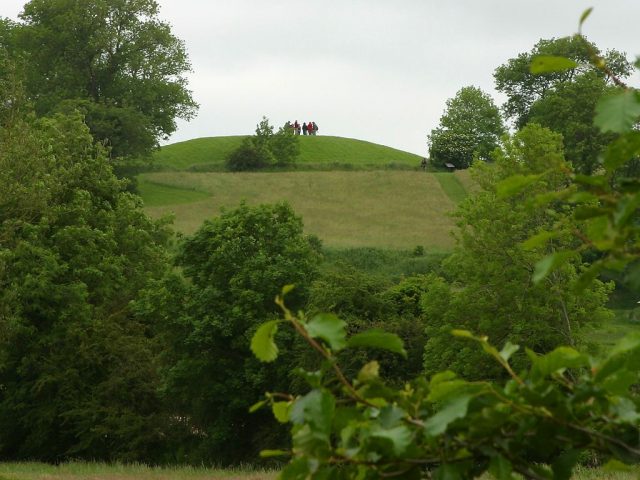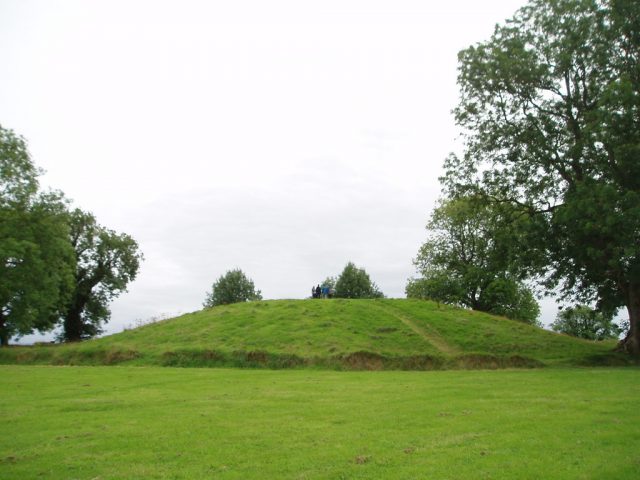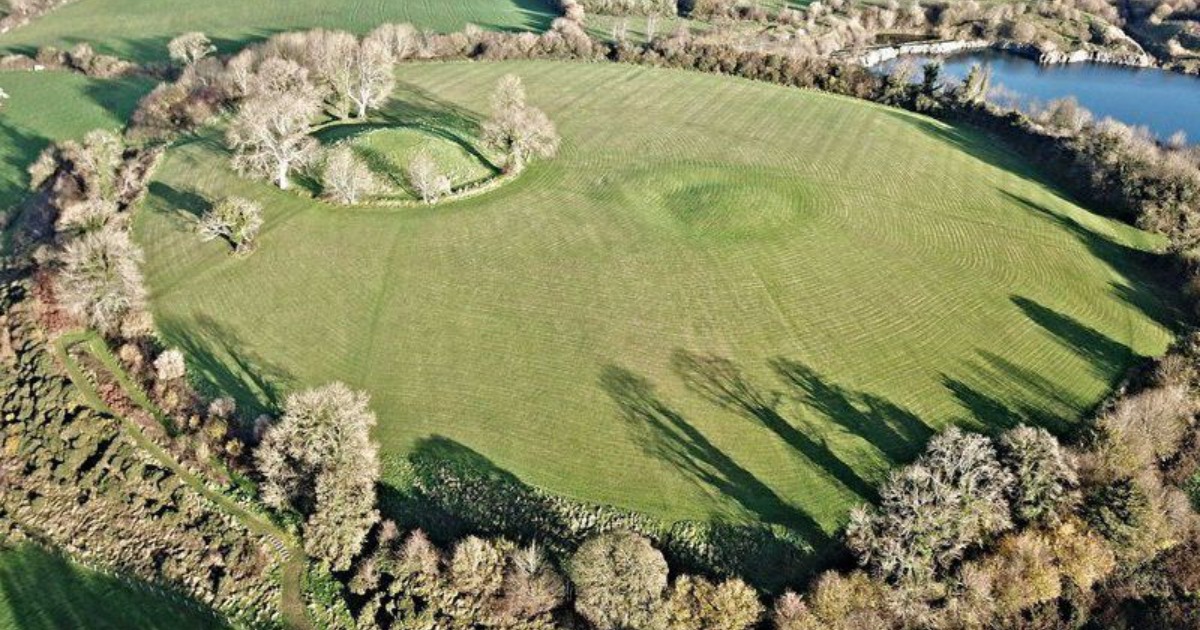Northern Ireland’s Navan Fort has been a lightning rod for the religious for ages. Now new evidence of that zeal has been dug up. There was a time when archaeologists used their professional knowledge, wits and historical information to zero in on the location of prized sites that needed to be excavated. That is still a tried and true method, of course, but as a recent exploration in Ireland has shown, technology now allows them to learn a great deal before they ever put a spade into the earth to uncover buried antiquities and vast, ancient sites.
Two universities, Queen’s University of Belfast and the University of Aberdeen, have teamed up to learn about a vast, previously unknown site at Navan Fort, near Armagh, the capital of Ireland. And what is surprising about this venture is that the experts have gained considerable insight into what lies beneath the ground not by a thorough excavation, but rather by using “magnetic gradiometry,” as Dr. Paddy Gleeson called it, to discover what rests below the ground.
He explained recently to BBC-TV, “It allow us to map the buried archaeology for which there is no above ground trace and be very precise about the nature and interrelations of those monuments.” The structures — all huge, Dr. Gleeson added — date to the first millennium B.C. and the first millennium A.D. Using the magnetic gradiometry technique allows the archaeologists to get a clear blueprint of exactly which building and structures stood where, as well as a complete picture of the site’s layout.

The teams are now hoping to get funding to do a proper, complete dig because of what they discovered there. Armagh is the location of both the Catholic and Anglican archdiocese in Ireland today, but it was equally significant before the 5th century when Christianity was established. And evidence of those early religious roots — temples and other structures — is what the teams say awaits them once they begin digging into the site. The area consists of a number of buildings on top of a hill, about eight, the teams say, and are likely the largest of their kind anywhere in Ireland.

That makes for an exciting discovery for archaeologists. One team member told the BBC that, “This discovery means quite a lot in terms of how we understand and view this site. This is a place that connects into history, society, religion, (and) commerce… all your senses get a bit of excitement,” he enthused.

Navan Fort has long been a site of hugely important archaeological significance. It was first excavated in the early 1960s, but this latest work has increased that importance even further. Dr. John O’Keefe, who is principal inspector of historic monuments in Northern Ireland’s Department For Communities, says the knowledge gleaned at Navan Fort has been tremendous over the past 50 years, but it is now even more impressive. Gleeson agrees, telling the BBC that Navan Fort is “an incredibly important place.”
Both O’Keefe and Gleeson hope that eventually the funding will come through to excavate the site more thoroughly, so teams can uncover these Iron Age temples and other massive buildings. For now, however, they are content to have found evidence of new, ancient ruins — yet more information about Ireland’s religious and cultural past.
O’Keefe is hopeful that the time will come when they are able to do more than use technology to survey what rests beneath the earth at the site. “The work has shone new light on the monument,” he explained, “and will inform further research as we explore what Navan Fort meant to our forebears, and how they used the site…”
Related Article: Ireland’s Mysterious Newgrange Tomb – Older than the Great Pyramids
Eventually ordinary people will be able to learn more about themselves, their ancestors, and their future, because they will be able to see and learn about the past, which is the purpose and goal of all archaeologists, everywhere in the world.
